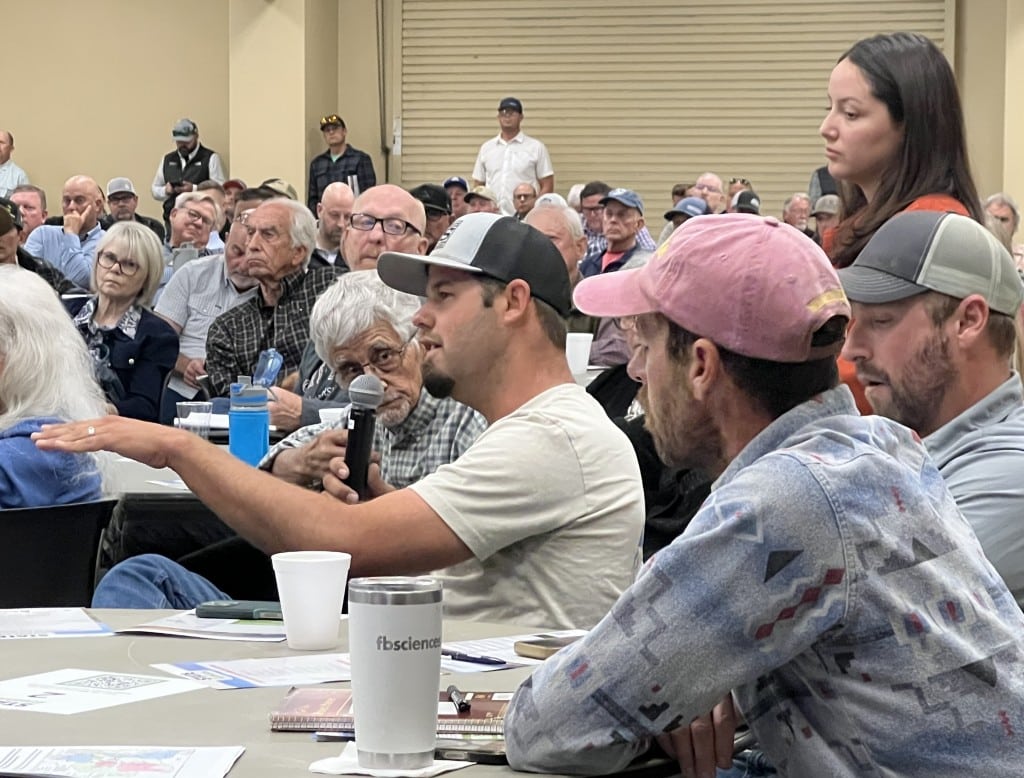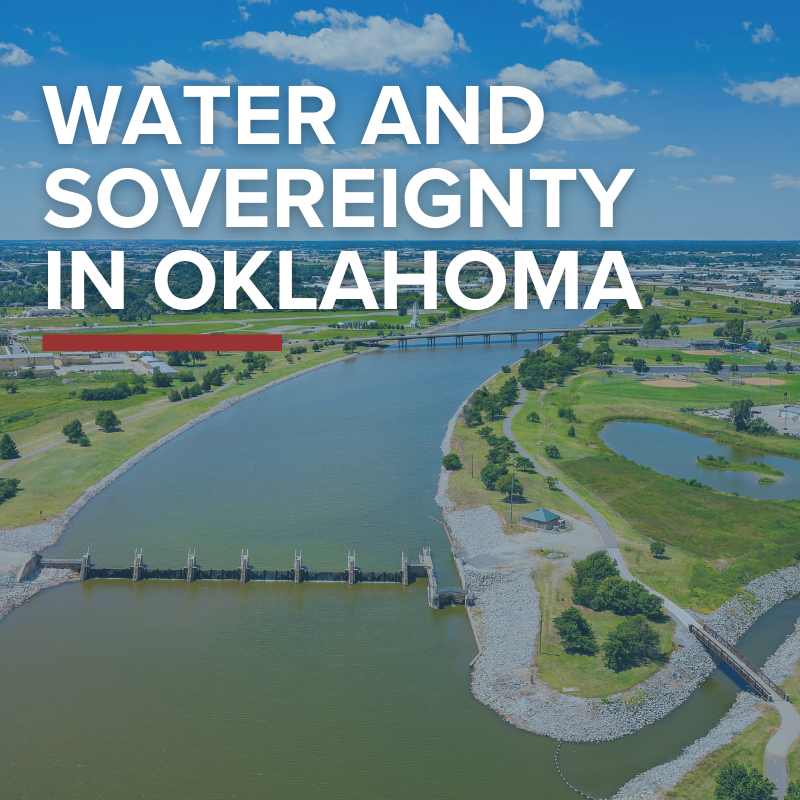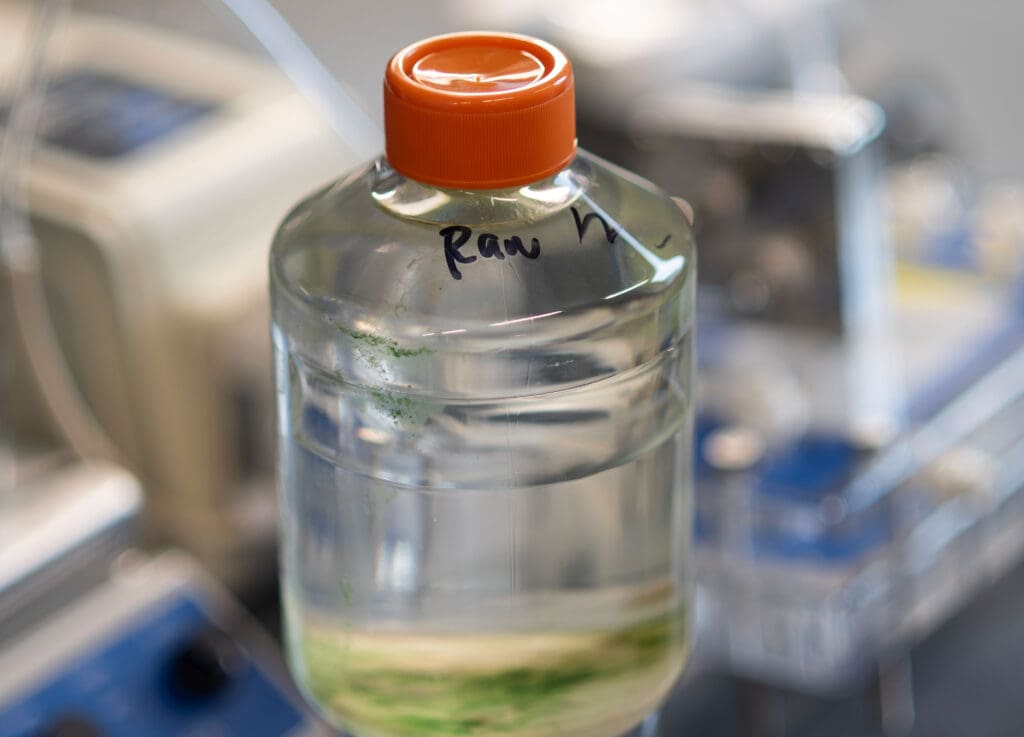Governor JB Pritzker Signs Mahomet Aquifer Protection Bill Into Law – Mahomet Daily

Report on the Enactment of the Mahomet Aquifer Protection Act
Introduction: Advancing Sustainable Development in Illinois
Governor JB Pritzker has signed Senate Bill 1723, The Mahomet Aquifer Protection Act, into law. This legislation directly addresses several United Nations Sustainable Development Goals (SDGs) by prohibiting carbon dioxide sequestration activities within the protected zone of the Mahomet Aquifer. The act prioritizes the long-term security of a vital water source, aligning with global sustainability targets.
SDG 6: Clean Water and Sanitation
The primary focus of the legislation is the protection of the Mahomet Aquifer, a critical water source that directly supports the achievement of SDG 6: Clean Water and Sanitation. The aquifer is the sole source of drinking water for approximately 500,000 residents across 14 central Illinois counties. The United States Environmental Protection Agency has designated it a “sole source aquifer,” underscoring its irreplaceability and the catastrophic risk that contamination would pose. By banning the underground injection of liquified CO₂, the law safeguards this resource from potential leaks, ensuring the continued availability of safe and affordable drinking water for the region.
Legislative Provisions and Institutional Framework
The law establishes a multi-faceted approach to aquifer protection, reflecting principles of strong governance and evidence-based policy as outlined in SDG 16: Peace, Justice and Strong Institutions.
- Prohibition of Carbon Sequestration: The act places a complete ban on any carbon sequestration activities over, under, or through the Mahomet Aquifer.
- Establishment of an Advisory Commission: It creates the Mahomet Aquifer Advisory Study Commission. This body is tasked with overseeing further research and advising the General Assembly on risks associated with carbon storage, ensuring accountable and transparent governance.
- Mandate for Scientific Research: The Prairie Research Institute at the University of Illinois is assigned to conduct ongoing safety studies on carbon sequestration in the area, submitting reports through 2029. This commitment to scientific data reinforces an evidence-based approach to environmental management.
Integrating Climate Action and Community Resilience
SDG 11, SDG 13, and SDG 17
The passage of this bill demonstrates a sophisticated approach to balancing environmental protection with climate goals, touching upon multiple SDGs.
- SDG 11 (Sustainable Cities and Communities) & SDG 13 (Climate Action): While carbon sequestration is a technology aimed at addressing climate change, this law recognizes that true climate resilience requires the protection of fundamental resources. As noted by the Prairie River Network, ensuring “clean water always was, and always will be, a critical factor to building climate resilience.” The act ensures the long-term sustainability and safety of communities dependent on the aquifer.
- SDG 17 (Partnerships for the Goals): The successful passage of the bill, which garnered wide bipartisan support, exemplifies a powerful partnership between state government, legislative bodies, academic institutions (Prairie Research Institute), and civil society advocacy groups. This collaborative effort was essential to achieving the shared goal of water security.
The Mahomet Aquifer Protection Act, which takes effect immediately, serves as a model for state-level action that integrates the protection of water resources, community well-being, and responsible governance in pursuit of the Sustainable Development Goals.
1. Which SDGs are addressed or connected to the issues highlighted in the article?
-
SDG 6: Clean Water and Sanitation
This is the most prominent SDG in the article. The entire piece focuses on the legislative action taken to protect the Mahomet Aquifer, a primary source of drinking water for half a million people. The core issue is ensuring the continued availability of safe and clean water by preventing potential contamination from carbon sequestration activities.
-
SDG 11: Sustainable Cities and Communities
The article highlights that the aquifer is a “sole source aquifer” for communities across 14 counties. Protecting this water source is fundamental to the resilience and sustainability of these communities. A contamination event would be a man-made disaster, directly impacting the safety and well-being of the residents, which connects to making human settlements safe and resilient.
-
SDG 13: Climate Action
While the law restricts a climate mitigation technology (carbon sequestration), the article explicitly mentions that protecting clean water is a “critical factor to building climate resilience.” It also involves creating institutions to study the risks of climate-related technologies, thus contributing to institutional capacity and awareness of climate action’s potential impacts.
-
SDG 16: Peace, Justice and Strong Institutions
The article details a legislative process, the signing of a bill (Senate Bill 1723) into law, and the creation of new oversight bodies. This demonstrates the functioning of effective and responsive institutions. The law establishes the “Mahomet Aquifer Advisory Study Commission” and tasks the “Prairie Research Institute” with conducting studies, which are clear examples of building accountable institutions to manage a public resource.
2. What specific targets under those SDGs can be identified based on the article’s content?
-
SDG 6: Clean Water and Sanitation
- Target 6.1: “By 2030, achieve universal and equitable access to safe and affordable drinking water for all.” The article directly relates to this by focusing on protecting the drinking water supply for 500,000 people. The law is a preventative measure to ensure their access to safe water is not compromised.
- Target 6.3: “By 2030, improve water quality by reducing pollution… and minimizing release of hazardous chemicals and materials…” The law explicitly prohibits carbon dioxide sequestration to prevent the potential release of liquified CO₂, a substance that could contaminate the aquifer and degrade water quality.
- Target 6.b: “Support and strengthen the participation of local communities in improving water and sanitation management.” The bill’s passage with bipartisan support, driven by concerns from advocates like the Prairie River Network, demonstrates community and political participation in water resource management.
-
SDG 11: Sustainable Cities and Communities
- Target 11.5: “By 2030, significantly reduce the number of deaths and the number of people affected… by disasters, including water-related disasters…” The law is a proactive measure to prevent a potential water-related disaster—the contamination of a “sole source aquifer”—which would severely affect the 500,000 people who depend on it.
-
SDG 13: Climate Action
- Target 13.3: “Improve education, awareness-raising and human and institutional capacity on climate change mitigation, adaptation, impact reduction and early warning.” The creation of the Mahomet Aquifer Advisory Study Commission and the mandate for the Prairie Research Institute to conduct ongoing studies and submit safety reports directly builds institutional capacity and awareness regarding the risks associated with a specific climate mitigation technology.
-
SDG 16: Peace, Justice and Strong Institutions
- Target 16.6: “Develop effective, accountable and transparent institutions at all levels.” The law establishes new institutional mechanisms—the advisory commission and the research mandate for the Prairie Research Institute—to provide ongoing oversight and research, making governance of the aquifer more effective and accountable.
- Target 16.7: “Ensure responsive, inclusive, participatory and representative decision-making at all levels.” The passage of the bill with bipartisan support in the Illinois legislature, in response to public concerns, is a clear example of a responsive and representative decision-making process.
3. Are there any indicators mentioned or implied in the article that can be used to measure progress towards the identified targets?
Yes, several indicators are mentioned or can be directly inferred from the article’s content:
- For Target 6.1: An implied indicator is the “proportion of population using safely managed drinking water services.” The article establishes a baseline of 500,000 people served by the aquifer. The law’s success can be measured by the continued safe supply of water to this population, free from contamination by CO₂ sequestration.
- For Target 6.3: An implied indicator is the “proportion of bodies of water with good ambient water quality.” The ongoing studies by the Prairie Research Institute will produce safety reports, which would include data on the aquifer’s water quality, serving as a direct measure of progress in preventing pollution.
- For Target 13.3 & 16.6: A direct indicator is the establishment and functioning of the institutions created by the law. Progress can be measured by the existence of the “Mahomet Aquifer Advisory Study Commission,” the number of safety reports submitted by the “Prairie Research Institute,” and the recommendations provided to the General Assembly.
- For Target 16.7: A qualitative indicator is the existence of legislation (Senate Bill 1723) passed with bipartisan support, which demonstrates that a responsive decision was made based on public and expert concerns.
4. Table of SDGs, Targets, and Indicators
| SDGs | Targets | Indicators Identified in Article |
|---|---|---|
| SDG 6: Clean Water and Sanitation | 6.1: Achieve universal and equitable access to safe and affordable drinking water.
6.3: Improve water quality by reducing pollution. |
– Population served by the safely managed Mahomet Aquifer (baseline of 500,000 people).
– Water quality data from safety reports produced by the Prairie Research Institute. |
| SDG 11: Sustainable Cities and Communities | 11.5: Reduce the number of people affected by disasters, including water-related disasters. | – Prevention of a water contamination event for the 500,000 people dependent on the “sole source aquifer.” |
| SDG 13: Climate Action | 13.3: Improve education, awareness-raising and human and institutional capacity on climate change mitigation. | – Establishment of the Mahomet Aquifer Advisory Study Commission. – Ongoing studies and safety reports on carbon sequestration risks by the Prairie Research Institute. |
| SDG 16: Peace, Justice and Strong Institutions | 16.6: Develop effective, accountable and transparent institutions.
16.7: Ensure responsive, inclusive, participatory and representative decision-making. |
– The functioning of the newly created advisory commission and research mandate.
– The passage of Senate Bill 1723 with bipartisan support. |
Source: mahometdaily.com

What is Your Reaction?
 Like
0
Like
0
 Dislike
0
Dislike
0
 Love
0
Love
0
 Funny
0
Funny
0
 Angry
0
Angry
0
 Sad
0
Sad
0
 Wow
0
Wow
0














































































